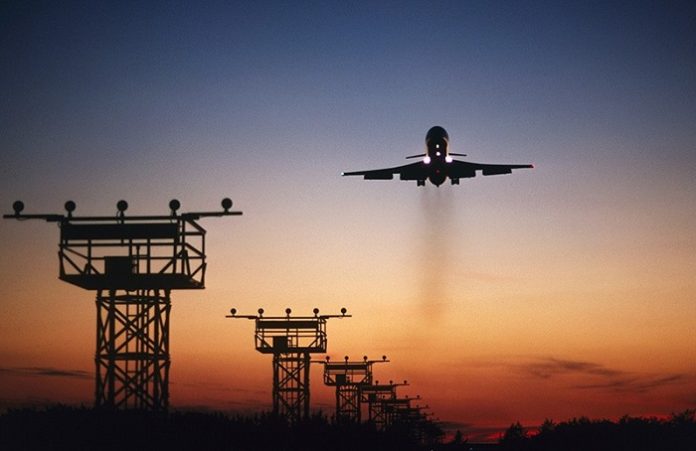Australia will not achieve net-zero emissions until well after 2050 at the rate emissions are declining. However, they argue that by accelerating the deployment of solar and wind, Australia can reach 80 percent emissions reductions within 20 years at a low or negative cost. This would place Australia within striking distance of net zero in 2050.
The latest official data from the Clean Energy Regulator shows Australia is continuing to install solar and wind power much faster per person than any other country.
Around seven Gigawatts of new solar and the wind was added in 2020, which was deployed four times faster per capita than in Europe, China, Japan, or the United States. Gas energy is declining because it cannot compete with solar and wind.
According to new data from the Department of Industry, Science, Energy, and Resources, Australia’s carbon emissions declined by 4.4 percent in the year to September 2020. The decline is primarily due to the deployment of solar and wind in the electricity sector and the pandemic’s hit to transport.
Australia has a ‘golden opportunity to be much more ambitious with its zero-emissions target. Fossil fuel energy causes 80 percent of Australia’s emissions. We can readily reach zero fossil energy by 2040 if we double the average rate of solar and wind deployment.
Wholesale electricity prices halved in the past year compared with the average of the previous four years, coinciding with high levels of new solar and wind power.
If we install solar and wind faster, then emissions fall faster and electricity prices will stay low.
Governments can ensure that emissions continue to fall on the back of solar and wind energy by enabling adequate electricity transmission and energy storage.
Balancing variable solar and wind is straightforward using off-the-shelf techniques; for example, stronger long-distance transmission—to smooth out variable local weather—pumped-hydro and battery storage and demand management.
Australia has 4,000 potential pumped hydro sites with combined energy storage potential of 180 terawatt-hours, which is about 300 times more than required to support 100 percent renewable electricity.
About a dozen large pumped hydro systems are under serious consideration, while the Snowy 2.0 system is under construction.
Australia can reduce emissions quickly by enabling a ‘big new market’ for electric vehicles, through a range of government measures. Measures could include a rapid shift in government fleets to electric vehicles, short-term tax exemptions for electric vehicles, and ramping up the number of charging stations on country roads and elsewhere to give people the confidence to invest in EVs.
While there is a move towards electric vehicles, it’s too gradual—like a charging snail, rather than a red kangaroo.








